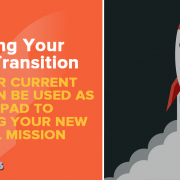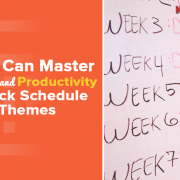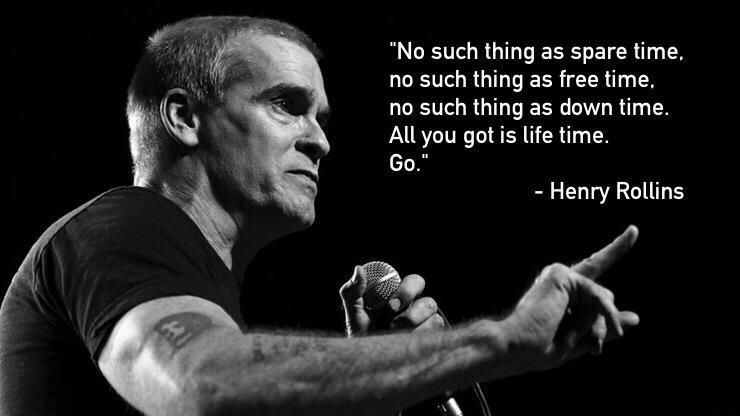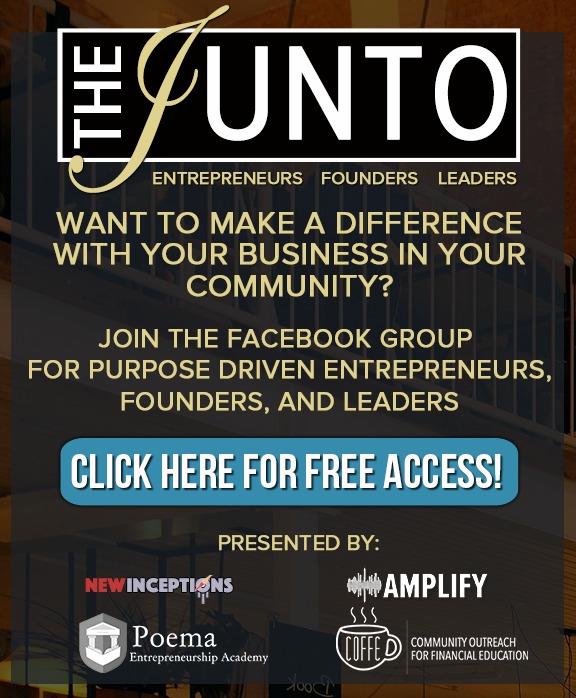Launching Your Career Transition: How Your Current 9 to 5 Can Become a Launchpad to Fulfilling Your New Personal Mission
For many of us creatives, we come from a background of working a 9 to 5 job. Many of us weren’t lucky enough to grow up in a family who did business for themselves. So we’ve had to make the transition from working the corporate ladder to following our own dreams and goals.
Making this transition can be painful. Many times, bosses will be suspicious of our plans if they even hear about us starting our business. Or, even worse, they might see it as a threat and find ways to get rid of us.
For me, I can’t say it was all that difficult to quit the formal education world when I moved to full time at AMS. They had made it pretty clear that my “extracurricular” teachings weren’t appreciated all that much. In fact, one of them WAS threatened by what I was teaching. He thought I trying to keep people from pursuing a higher degree.
The truth was simpler than that: I just wasn’t all that great at being a math teacher. But what I was good at was helping people get better at being themselves.
Since then, I’ve thought about how this might have gone better for me. What could I have done differently that wouldn’t have threatened my coworkers so much? What I’ve realized as I’ve worked with others through the same issues here in the last couple of years, is that there was a couple of things I could have done better.
So, I thought I’d share those realizations with you in this post as well as some of the things I actually go right!
Show Interest in Your Colleagues
One thing that I could have definitely improved on what my interest in the lives of others. Back at that point, I was still learning how to converse with other people without coming off as a weirdo.
The secret to that is to learn about people without interrogating them. Just play it cool and find out if they have family or what their hobbies are. Find out what kind of problems they have in their job. People love to talk about themselves, so you’re just giving them a reason to actually talk to you.
They’ll probably appreciate it, too. The older you get, the more you realize that people are in their own little worlds. No one takes the time to learn about other people these days.
…and Your Boss
Those that are above you in the chain of command are usually there to manage others. If anything goes wrong, they step in and fix it.
That said, if you want to be recognized by your superiors, the best way is to find out how you can help them out. What kind of problems do they need help with? Can you help them? If so, what’s a solution to their problems?
The more you come up with good ideas to help them, the more valuable you’ll be viewed.
Become Interesting Yourself
As you become more interested in those around you at work, again, they’ll start to see you in a different light. If they have good people skills, they’ll ask you about you about your life just as you asked about them.
On top of talking about the typical things, now would be a great time to start sharing some of the core things that you’re interested in. Doing so will make you stand out. Mainly because people are used to others complaining in the typical daily routine.
Learn to Know When You’re Sharing Value vs Your Interests
After a few weeks or months in getting to know others, you might be realizing that some of people might be ignoring you. If so, this is because you might be sharing your interests a bit too much.
Instead of blatantly sharing your interests, do this instead:
As they probably know what your interests are and you know what their pain points are, ask yourself about what you know that can help them.
You don’t have to have every little thing figured out. Just show that you’ve noticed, have been thinking about it, and you’d love to chat about some potential solutions that you have in mind.
Those that appreciate solutions being solved might actually be blown away that you care enough to follow through with their pains. You might even gain a friend or two in the process!
Avoid Negativity as much as Possible
Because the world is the way it is, problems are usually discussed much more so than solutions. This is even more true in the workplace.
Now that some people start to recognize you as someone with solutions (or a fixer), they might start coming to you with other problems in their lives. “What do you think about this?” and “What do you think about what THEY’RE doing?”
At this point, you could easily bash some other person in favor of your own methods.
Being an ENTJ, this is what I naturally did. My judgement (the J in ENTJ) always lead first after them saying what the problem was. Then followed by the INtuitive Thinking.
This approach tended to get me into trouble.
Instead, what I started to do is communicate the fact that this is what I saw from their side. If I could see the other perspective, I would explain it to them. And then (this is what I got really good at) make an analogy. It’s my way of showing that I’m actually listening.
If you feel pressed to get solutions at that point, always come from a suggestion perspective: “Maybe the situation is this. Have you thought about this?”
If you refuse to go down that negative rabbit hole, then people will only see you as solutioned oriented.
Continue to Better Yourself
As you build these better relationships inside of current workplace, you should continue to build that “ahead of the curve forward thinker”. As I’ve said in recent posts, part of your personal mission is constantly build on your craft. You’ll be able to provide more value to those around you.
A lot of the time, you’ll need to get out of your comfort zone. In fact, nothing ever gets better unless you move out of your comfort zone. As you start to be recognized as a solution provider, sometimes you might have to say things that aren’t that friendly. But if someone has it coming, then you’ll be respected by those who matter.
And speaking of getting out of your comfort zone, it helps to look as if you do go the extra mile. If your office dresses a certain way, dress a little better than what’s considered normal. You want to stick out in a good way when opportunity comes knocking.
Action Steps
So there’s a few things that I’ve picked up along the way. A lot of which comes from my wife who’s had a career in HR. These are subjects that she has to deal with all the time – especially dealing with negativity and building connections with the right people.
So, tell me about you. If you’re in your 9 to 5 still, is this something that you could use to catapult yourself out of your current position? Have you already started with any of these techniques? What kind of success have you had?
I realize there are toxic offices out there that aren’t very supportive at all. If you find yourself in one of those, feel free to connect with me directly.










